
Agdao District: The Heartbeat of Davao City
Discover Agdao District in Davao City: A vibrant blend of culture, history, and local life that offers an authentic Filipino experience for every traveler.
Agdao District, often referred to as the 'heart' of Davao City, is a vibrant and bustling neighborhood that is a must-visit for any traveler. Known for its rich cultural heritage and dynamic local life, Agdao offers an authentic Filipino experience that is both captivating and unique. One of the most striking features of Agdao is its bustling public market, which is a hive of activity from dawn till dusk. Here, you can immerse yourself in the lively atmosphere, where vendors sell everything from fresh produce to handcrafted goods. The market is a great place to sample local delicacies and experience the warmth and hospitality of the Davaoeños. Agdao is also home to several historical landmarks and parks, providing a perfect blend of history and nature. The district's parks are ideal for leisurely strolls, while its historical sites offer insights into the area's past. From the colorful murals that adorn the walls to the traditional music that fills the air, Agdao is a neighborhood that celebrates its cultural roots with pride. For those interested in nightlife, Agdao does not disappoint. The district boasts a variety of bars and eateries where you can enjoy local cuisine and vibrant music scenes. Whether you're a foodie eager to try authentic Filipino dishes or a music lover looking to experience local talent, Agdao has something for everyone.
Local tips in Agdao District
- Visit the Agdao Public Market early in the morning to experience the freshest produce and local delicacies.
- Take a leisurely stroll through Agdao’s parks to unwind and enjoy the local flora and fauna.
- Don’t miss the local murals and street art that tell the story of Agdao’s rich cultural heritage.
- Try local eateries and food stalls for an authentic taste of Davao City’s culinary delights.
- Evenings are best spent in one of Agdao's lively bars where you can enjoy local music and drinks.
Agdao District: The Heartbeat of Davao City
Agdao District, often referred to as the 'heart' of Davao City, is a vibrant and bustling neighborhood that is a must-visit for any traveler. Known for its rich cultural heritage and dynamic local life, Agdao offers an authentic Filipino experience that is both captivating and unique. One of the most striking features of Agdao is its bustling public market, which is a hive of activity from dawn till dusk. Here, you can immerse yourself in the lively atmosphere, where vendors sell everything from fresh produce to handcrafted goods. The market is a great place to sample local delicacies and experience the warmth and hospitality of the Davaoeños. Agdao is also home to several historical landmarks and parks, providing a perfect blend of history and nature. The district's parks are ideal for leisurely strolls, while its historical sites offer insights into the area's past. From the colorful murals that adorn the walls to the traditional music that fills the air, Agdao is a neighborhood that celebrates its cultural roots with pride. For those interested in nightlife, Agdao does not disappoint. The district boasts a variety of bars and eateries where you can enjoy local cuisine and vibrant music scenes. Whether you're a foodie eager to try authentic Filipino dishes or a music lover looking to experience local talent, Agdao has something for everyone.
Iconic landmarks you can’t miss
People’s Park Davao
Discover the tranquil charm of People's Park Davao, a lush green oasis filled with art, culture, and vibrant local life in the heart of the city.
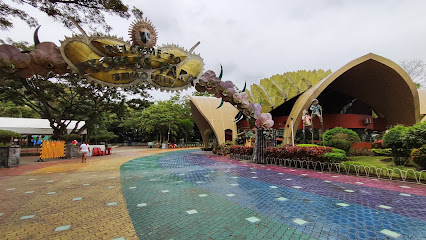
Ramon Magsaysay Park
Explore the lush landscapes and vibrant culture of Ramon Magsaysay Park, a serene escape in Davao City perfect for relaxation and recreation.
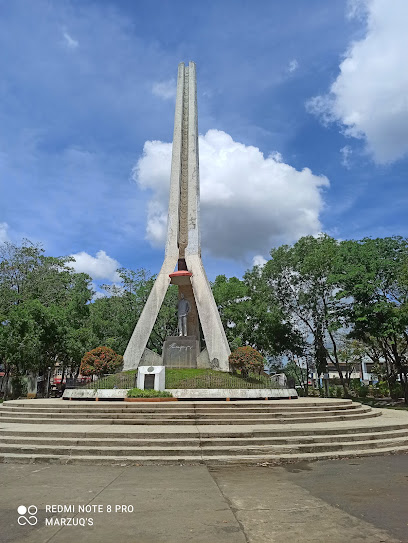
Agdao Public Market
Explore Agdao Public Market, a vibrant hub of Davao City, showcasing fresh produce, local delicacies, and the rich culture of the Philippines.

Ayala Azuela Cove
Explore Ayala Azuela Cove, a stunning business park in Davao City featuring beautiful landscapes, diverse dining options, and vibrant local culture.
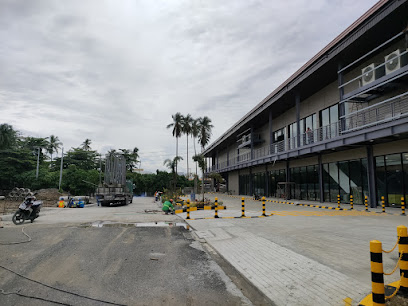
Long Hua Temple
Experience the serene beauty and rich cultural heritage of Long Hua Temple, a captivating Buddhist sanctuary in Davao City.
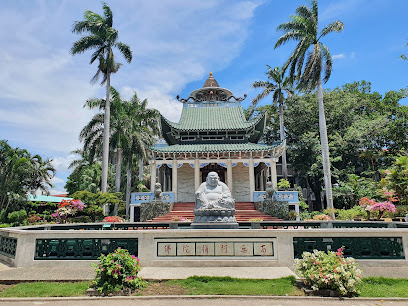
Davao Museum of History and Ethnography
Explore the rich history and vibrant culture of Davao City at the Davao Museum of History and Ethnography, a must-visit for every curious traveler.

The Fountain Court
Discover the enchanting beauty of The Fountain Court in Davao City, a serene oasis perfect for families, couples, and travelers seeking relaxation and fun.
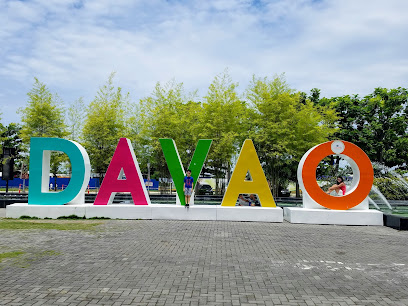
Chinatown Arch
Explore the vibrant culture and heritage at the iconic Chinatown Arch in Davao City, a gateway to unique experiences and delicious cuisine.

Dakudao Paper Crane Monument
Explore the Dakudao Paper Crane Monument in Davao City, a stunning tribute to peace rich in culture and artistic expression.
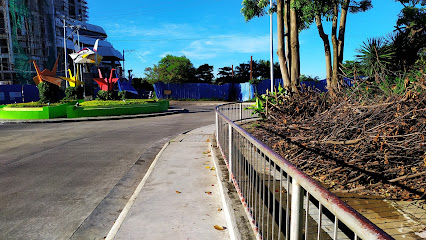
Azuela Cove Mini Park
Discover tranquility at Azuela Cove Mini Park in Davao City, where lush landscapes and peaceful ambiance create an idyllic escape for all visitors.
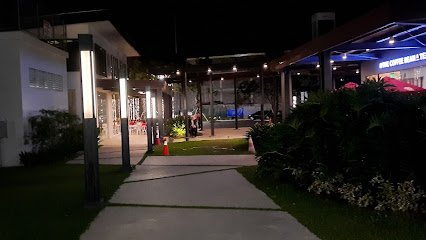
Arch of Prosperity
Explore Davao City's Arch of Prosperity, a historic landmark symbolizing the city's growth and cultural heritage amidst the vibrant Poblacion District.
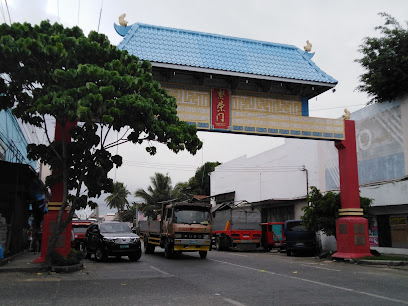
Unmissable attractions to see
Davao Riverfront Crocodile Park & Zoo
Explore the wonders of wildlife at Davao Riverfront Crocodile Park & Zoo, where adventure meets education in a breathtaking natural setting.
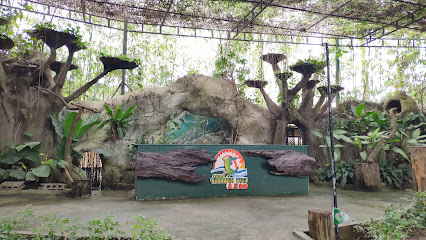
Ramon Magsaysay Park
Discover the beauty of nature and Filipino culture at Ramon Magsaysay Park in Davao City, a serene escape for tourists.
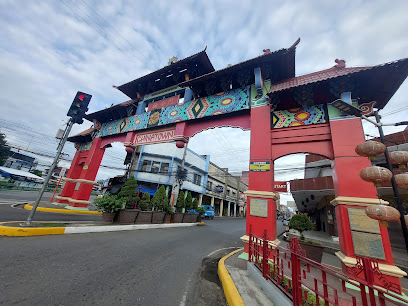
Museo Dabawenyo
Explore the cultural history of Davao City at Museo Dabawenyo, a local museum showcasing rich artifacts and stories of the region's heritage.
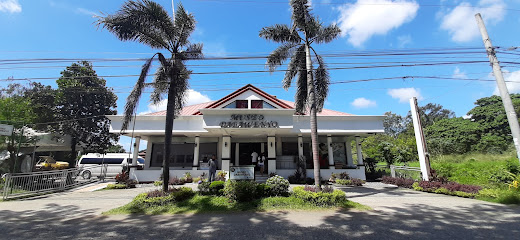
Osmeña Park
Discover Osmeña Park, an urban oasis in Davao City perfect for relaxation, family outings, and cultural experiences amid lush greenery.
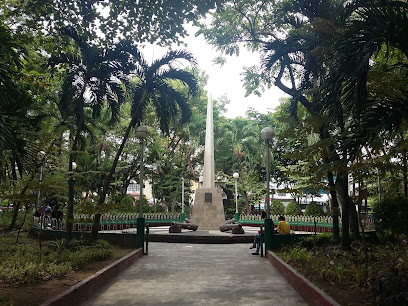
Freedom Park
Explore Freedom Park in Davao City, where lush greenery and serene paths offer a perfect retreat from urban life.
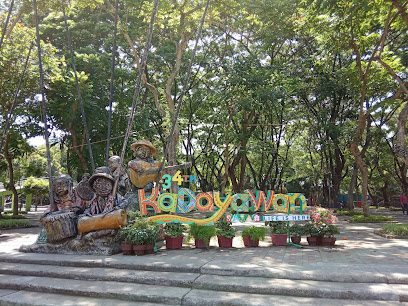
Long Hua Temple
Experience the tranquility of Long Hua Temple in Davao City, a beautiful Buddhist sanctuary that offers spiritual insight and cultural richness.
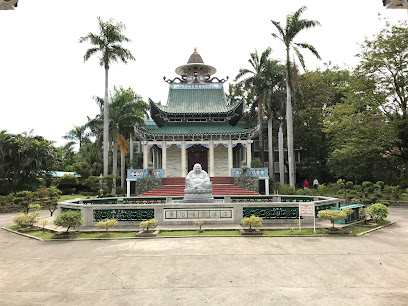
Essential places to dine
Chef G's
Discover culinary excellence at Chef G's in Davao City – where local flavors meet artistic presentation.

Baay Food Hauze
Experience authentic Filipino cuisine at Baay Food Hauze in Davao City – where every meal is a celebration of local flavors.
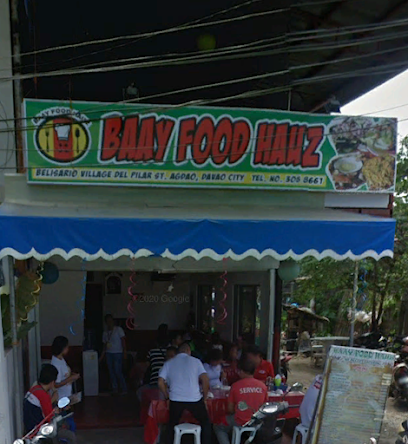
Mixed Temptation Restaurant Lanang branch
Experience authentic Chinese flavors at Mixed Temptation Restaurant in Davao City—where every dish tells a story.
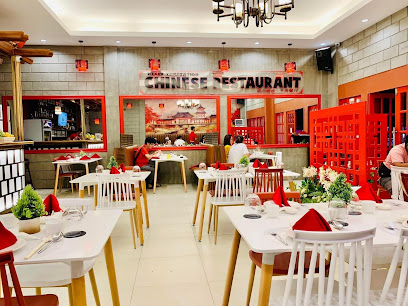
De Bonte Koe European Restaurant Lanang
Experience authentic European flavors at De Bonte Koe European Restaurant in Davao City—where culinary excellence meets warm hospitality.
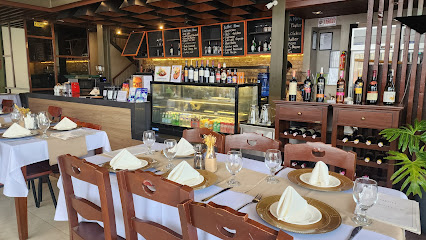
Dencio's Kamayan SM Lanang
Experience authentic Filipino dining at Dencio's Kamayan in Davao City - perfect for families and food lovers alike.
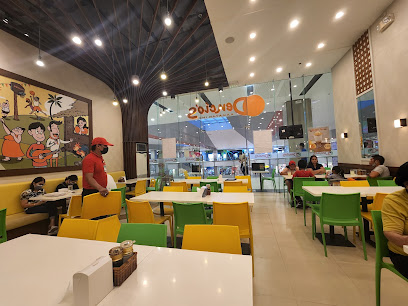
Joanna's Kitchen
Experience authentic Asian cuisine at Joanna's Kitchen in Davao City - where local flavors meet warm hospitality.
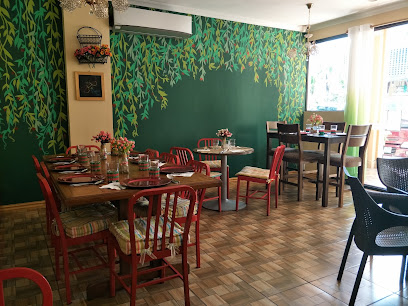
Apo Andoys Filipino Heritage Cuisine
Discover authentic Filipino flavors at Apo Andoys in Davao City—a culinary journey celebrating the rich heritage of Philippine cuisine.
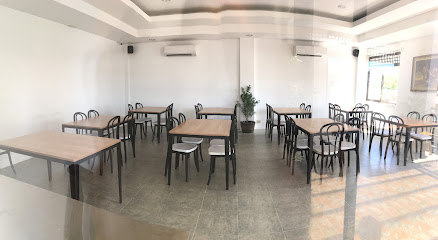
RELX DAVAO - R.CASTILLO AGDAO
Experience authentic Chinese flavors at RELX DAVAO - R.CASTILLO AGDAO in Agdao, Davao City – where every meal is a celebration of culinary excellence.
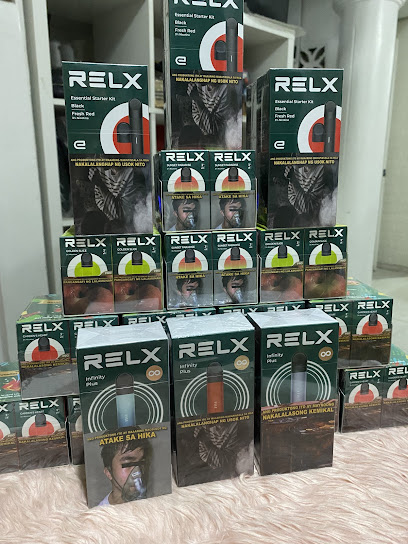
Archipelago 7107 - SM Lanang
Discover authentic Filipino cuisine at Archipelago 7107 in Davao's vibrant SM Lanang Premier mall.

Davao Famous Restaurant
Experience the rich flavors of Asia at Davao Famous Restaurant - your go-to spot for authentic Asian cuisine in Davao City.
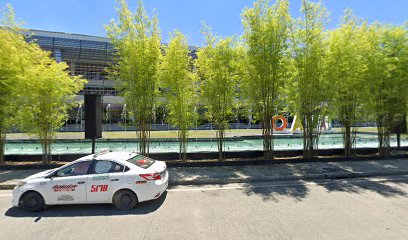
Markets, malls and hidden boutiques
Shen May Store
Explore Shen May Store in Davao City for a taste of local culture and unique Filipino products.

BettermeSHEIN fashion store
Explore the latest trends in women's fashion at BettermeSHEIN in Davao City, where style meets affordability.
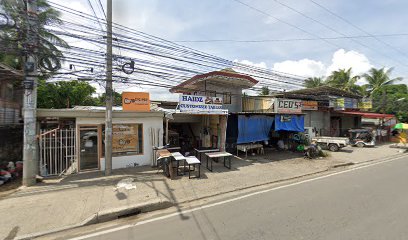
Mark & Rose Store
Explore Mark & Rose Store in Davao City for local crafts, authentic Filipino goods, and a friendly shopping experience.

Eluna Boutique Davao
Explore the vibrant fashion scene at Eluna Boutique Davao, where unique styles meet exceptional service in the heart of the city.

Trio's Trade
Discover the latest fashion trends at Trio's Trade, a premier clothing store in Davao City, perfect for stylish souvenirs and local styles.

Duh Trends Palas North
Explore Duh Trends Palas North, a boutique in Davao City, where local craftsmanship meets trendy fashion for a unique shopping experience.
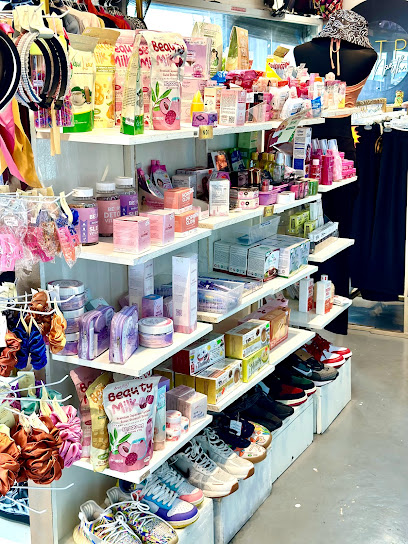
Mark Store
Discover local flavors and essentials at Mark Store, a charming grocery store in Agdao, Davao City, perfect for travelers seeking authentic Filipino products.
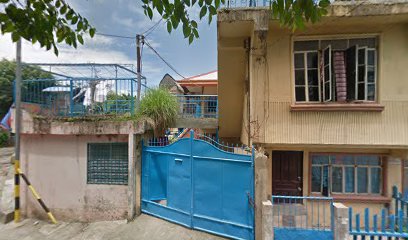
Halo Davao Crafts Atbp
Explore the heart of Davao's craftsmanship at Halo Davao Crafts Atbp, your go-to gift shop for authentic Filipino souvenirs and artisanal treasures.
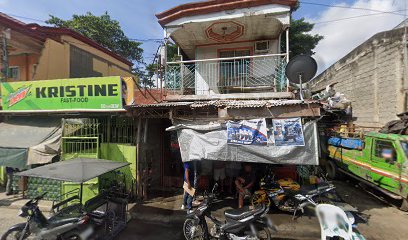
Jewelry Shop
Explore the beauty of Philippine craftsmanship at Davao's premier jewelry shop, where exquisite designs meet local artistry.
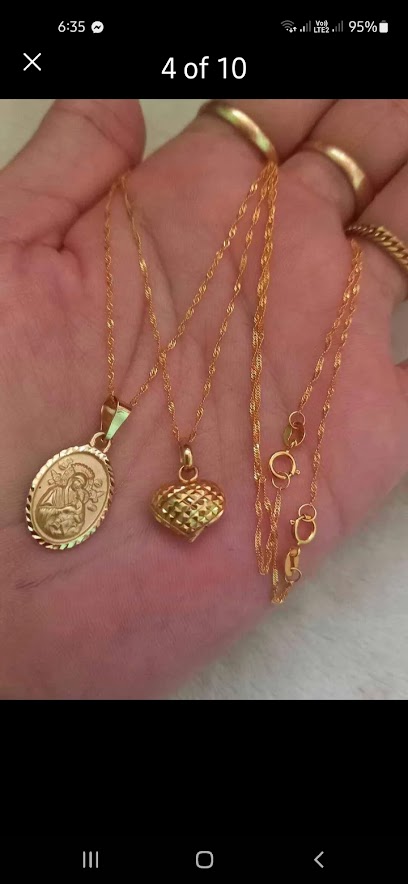
Online Shop
Explore Davao's Online Shop: Your gateway to local crafts, delicacies, and unique souvenirs in the heart of Agdao.
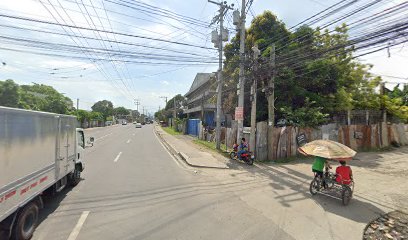
Essential bars & hidden hideouts
Eskina
Discover Eskina in Davao City: A vibrant bar and restaurant offering local flavors, live music, and a cozy atmosphere for an unforgettable dining experience.
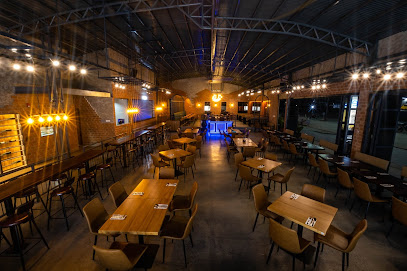
Suazo Bar
Experience the vibrant nightlife of Davao City at Suazo Bar, where modern ambiance meets local flavors in the heart of Poblacion District.
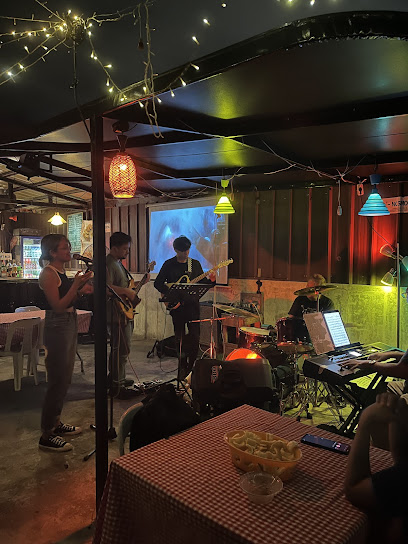
801 Infinity Restobar
Experience the lively atmosphere and delicious cuisine at 801 Infinity Restobar, a top destination for dining and nightlife in Davao City.
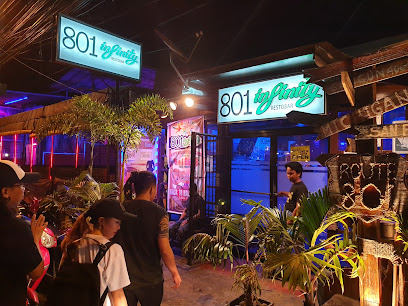
Hagar's Place Bar & Restaurant
Discover the vibrant nightlife of Davao City at Hagar's Place Bar & Restaurant, where local flavors and lively ambiance come together.
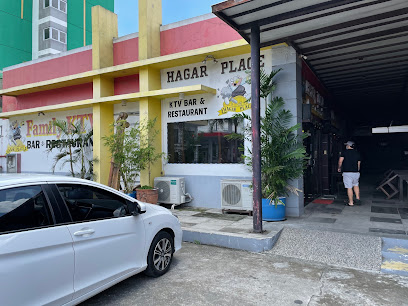
Chard's Place
Experience the vibrant flavors of Davao at Chard's Place, a grill haven in the heart of Poblacion District.
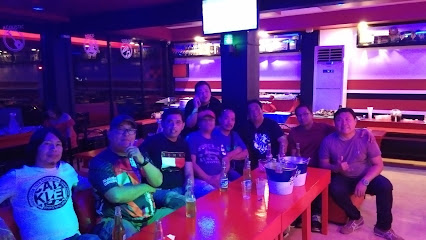
Jickong's Lanang Branch
Discover the lively nightlife of Davao City at Jickong's Lanang Branch, your go-to bar for refreshing drinks and a vibrant atmosphere.

Weatherbee - Brique38
Discover the exceptional fusion of local flavors and modern cuisine at Weatherbee - Brique38, a top gastropub in Davao City, Philippines.
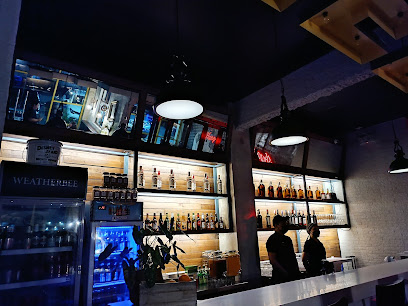
Krisna Music Bistro & Bar
Experience the vibrant fusion of live music and exquisite cuisine at Krisna Music Bistro & Bar in Davao City.
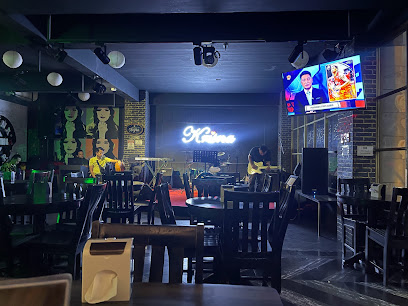
CHINGGU NE Korean Restaurant
Discover the vibrant flavors of Korea at CHINGGU NE Korean Restaurant, where delicious dishes meet lively karaoke entertainment in Davao City.
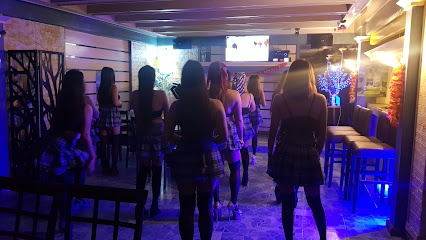
Davao Whisky Park
Explore the flavors of Davao at Whisky Park, a vibrant bar and grill offering exquisite dishes and a wide selection of whiskies in a lively atmosphere.
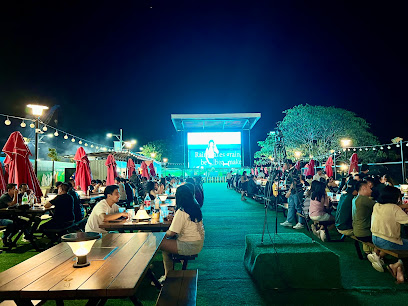
Lick Wood
Experience the vibrant nightlife of Davao City at Lick Wood, a cozy bar offering a unique selection of beverages in Carpenter Agdao.
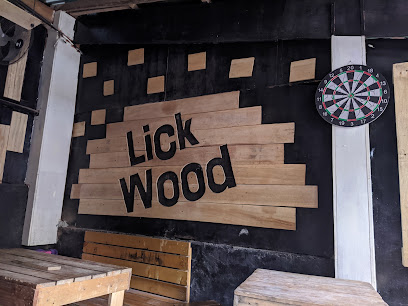
Frontyard Gastro Pub
Discover the vibrant flavors of Davao at Frontyard Gastro Pub, a unique dining experience blending local ingredients with modern culinary flair.
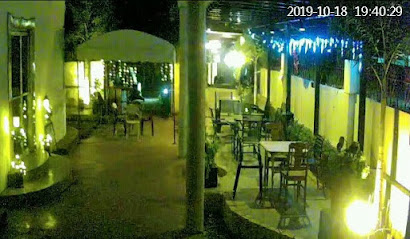
Full bar
Experience the vibrant nightlife of Davao City at the Full Bar, where great drinks and a lively atmosphere await every visitor.
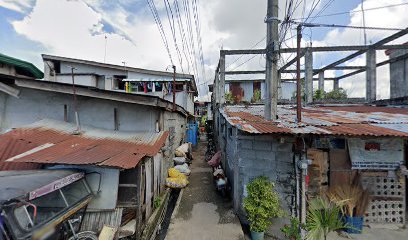
Hungry Sarge
Discover the vibrant nightlife at Hungry Sarge, a popular bar in Agdao, Davao City, offering a great selection of drinks and a lively atmosphere.
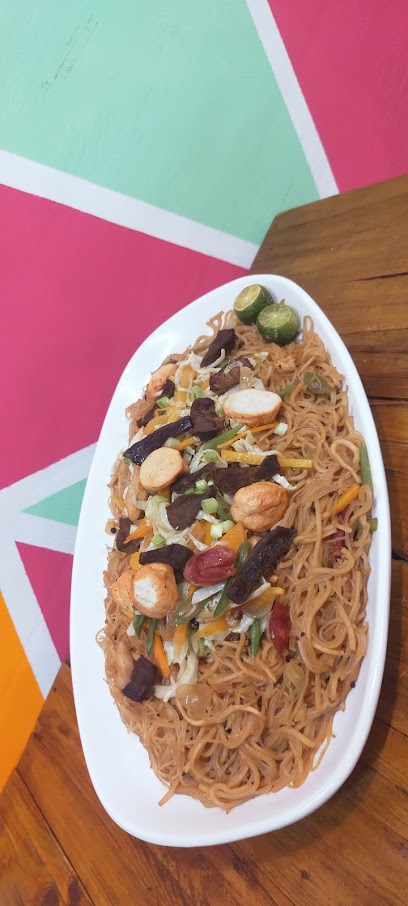
Local Phrases
-
- HelloKumusta
[koo-moo-sta] - GoodbyePaalam
[pa-ah-lam] - YesOo
[oh-oh] - NoHindi
[hin-dee] - Please/You're welcomePakiusap
[pa-kih-oo-sap] - Thank youSalamat
[sa-la-mat] - Excuse me/SorryPasensya
[pa-sen-sya] - How are you?Kamusta ka?
[ka-moo-sta ka] - Fine. And you?Mabuti. Ikaw?
[ma-boo-tee. ee-kaw] - Do you speak English?Marunong ka ba mag-English?
[ma-roo-nong ka ba mag-English] - I don't understandHindi ko maintindihan
[hin-dee ko main-tin-di-han]
- HelloKumusta
-
- I'd like to see the menu, pleaseGusto ko makita ang menu, pakiusap
[goo-sto ko ma-ki-ta ang me-nu, pa-kih-oo-sap] - I don't eat meatHindi ako kumakain ng karne
[hin-dee a-ko koo-ma-ka-in ng kar-ne] - Cheers!Kampay!
[kam-pai] - I would like to pay, pleaseGusto ko magbayad, pakiusap
[goo-sto ko mag-ba-yad, pa-kih-oo-sap]
- I'd like to see the menu, pleaseGusto ko makita ang menu, pakiusap
-
- Help!Tulong!
[too-long] - Go away!Lumayo ka!
[loo-ma-yo ka] - Call the Police!Tumawag sa pulis!
[too-ma-wag sa pu-lis] - Call a doctor!Tumawag ng doktor!
[too-ma-wag ng dok-tor] - I'm lostNawawala ako
[na-wa-wa-la a-ko] - I'm illMay sakit ako
[may sa-kit a-ko]
- Help!Tulong!
-
- I'd like to buy...Gusto ko bumili ng...
[goo-sto ko boo-mi-li ng] - I'm just lookingNagmamasid lang ako
[nag-ma-ma-sid lang a-ko] - How much is it?Magkano ito?
[mag-ka-no ee-to] - That's too expensiveMasyadong mahal yan
[ma-sya-dong ma-hal yan] - Can you lower the price?Pwede mo bang babaan ang presyo?
[pwe-de mo bang ba-baan ang pres-yo]
- I'd like to buy...Gusto ko bumili ng...
-
- What time is it?Anong oras na?
[a-nong o-ras na] - It's one o'clockAlas una na
[a-las oo-na na] - Half past (10)Alas diyes y medya
[a-las di-yes ee med-ya] - MorningUmaga
[oo-ma-ga] - AfternoonHapon
[ha-pon] - EveningGabi
[ga-bee] - YesterdayKahapon
[ka-ha-pon] - TodayNgayon
[nga-yon] - TomorrowBukas
[boo-kas] - 1Isa
[ee-sa] - 2Dalawa
[da-la-wa] - 3Tatlo
[tat-lo] - 4Apat
[a-pat] - 5Lima
[lee-ma] - 6Anim
[a-neem] - 7Pito
[pee-to] - 8Walo
[wa-lo] - 9Siyam
[see-yam] - 10Sampu
[sam-poo]
- What time is it?Anong oras na?
-
- Where's a/the...?Nasaan ang...?
[na-saan ang] - What's the address?Ano ang address?
[a-no ang ad-dres] - Can you show me (on the map)?Pwede mo ba akong ipakita (sa mapa)?
[pwe-de mo ba a-kong ee-pa-ki-ta sa ma-pa] - When's the next (bus)?Kailan ang susunod na (bus)?
[ka-i-lan ang su-su-nod na bus] - A ticket (to ....)Isang ticket (papunta sa...)
[ee-sang ticket pa-pun-ta sa]
- Where's a/the...?Nasaan ang...?
History of Agdao District
-
Agdao District's history is deeply rooted in the indigenous communities that inhabited the area long before the arrival of Spanish colonizers. The Bagobo people, one of the major indigenous groups in Davao, established settlements in the region, practicing agriculture, weaving, and trading. Their rich cultural practices and traditions laid the groundwork for the district's diverse cultural tapestry.
-
During the Spanish colonial period in the late 16th century, Agdao became part of the larger Davao region, which was explored for its potential as a agricultural hub. Missionaries, particularly the Jesuits, played a crucial role in spreading Christianity among the indigenous populations. Their influence led to the establishment of new socio-economic structures and the introduction of new agricultural practices.
-
The American colonial period in the early 20th century marked significant urban development in Davao, including Agdao District. This era saw the introduction of modern infrastructure, education systems, and public health initiatives. The establishment of the Davao Agricultural School in 1905 was instrumental in promoting agricultural education and improving farming techniques among local farmers.
-
Agdao, like many parts of Davao City, was affected during World War II. The Japanese occupation led to significant hardship for the local population. After the war, the area underwent reconstruction, which included rebuilding homes and infrastructure. The post-war period also saw an influx of migrants from other parts of the Philippines, further diversifying Agdao's cultural landscape.
-
In recent decades, Agdao has transformed into a vibrant urban neighborhood characterized by a mix of residential, commercial, and educational establishments. The district hosts various cultural events that celebrate its indigenous heritage alongside influences from migrant communities, reflecting the rich tapestry of Davao City's multicultural identity. Agdao is also known for its lively markets, food stalls, and community gatherings, showcasing the culinary diversity of the region.
Agdao District Essentials
-
Agdao District is easily accessible from various neighborhoods in Davao City. From the city center, you can take a jeepney or taxi directly to Agdao. Jeepneys with routes going to Agdao are marked with signs such as 'Agdao' or 'Buhangin'. For those coming from the Davao International Airport, taxis are the most convenient option, with a travel time of approximately 30 minutes depending on traffic.
-
Agdao District is best explored using public transport options such as jeepneys and tricycles, which are widely available and affordable. Jeepneys operate on fixed routes, making them an efficient way to navigate the area. For a more local experience, consider renting a bicycle. The district is relatively flat, making it suitable for cycling, and there are bike rental shops available.
-
Agdao District is generally safe for tourists; however, like any urban area, it is wise to remain vigilant. Avoid walking alone at night, especially in poorly lit areas. While there are no specific high-crime areas targeting tourists, be cautious around crowded markets and bus terminals where petty theft may occur. It is advisable to keep your belongings secure and be aware of your surroundings.
-
In case of emergencies, dial 911 for immediate assistance in Davao City. For medical emergencies, the Southern Philippines Medical Center is a reputable hospital in Agdao. Keep a list of important contacts handy, including your embassy and local authorities. It is also recommended to have travel insurance that covers emergencies.
-
Fashion: Do wear comfortable and modest clothing, especially in religious sites. Don't wear overly revealing outfits. Religion: Do respect local customs and traditions, and be mindful when taking photos in places of worship. Public Transport: Do give your seat to the elderly and be polite to drivers. Don't eat or drink on public transportation. Greetings: Do greet locals with a friendly 'hello' or 'good day'. Avoid overly casual greetings unless you are familiar with the person. Eating & Drinking: Do try local dishes at eateries and accept food offerings. Don't waste food, as it is considered disrespectful.
-
To experience Agdao District like a local, visit the Agdao Public Market in the morning to find fresh produce and local delicacies. Engage in conversations with vendors to learn about their products and recipes. Explore the nearby parks and community centers where you can often find local events or festivals. Don’t miss the chance to try the street food, particularly grilled skewers and local snacks, which are popular among residents.
Nearby Cities to Agdao District
-
Things To Do in Cagayan de Oro
-
Things To Do in Camiguin
-
Things To Do in Siargao
-
Things To Do in Bohol
-
Things To Do in Zamboanga City
-
Things To Do in Cebu City
-
Things To Do in Manado
-
Things To Do in Boracay
-
Things To Do in Legazpi
-
Things To Do in Puerto Princesa
-
Things To Do in Palawan
-
Things To Do in Sandakan
-
Things To Do in Tagaytay
-
Things To Do in Koror Town
-
Things To Do in Manila







